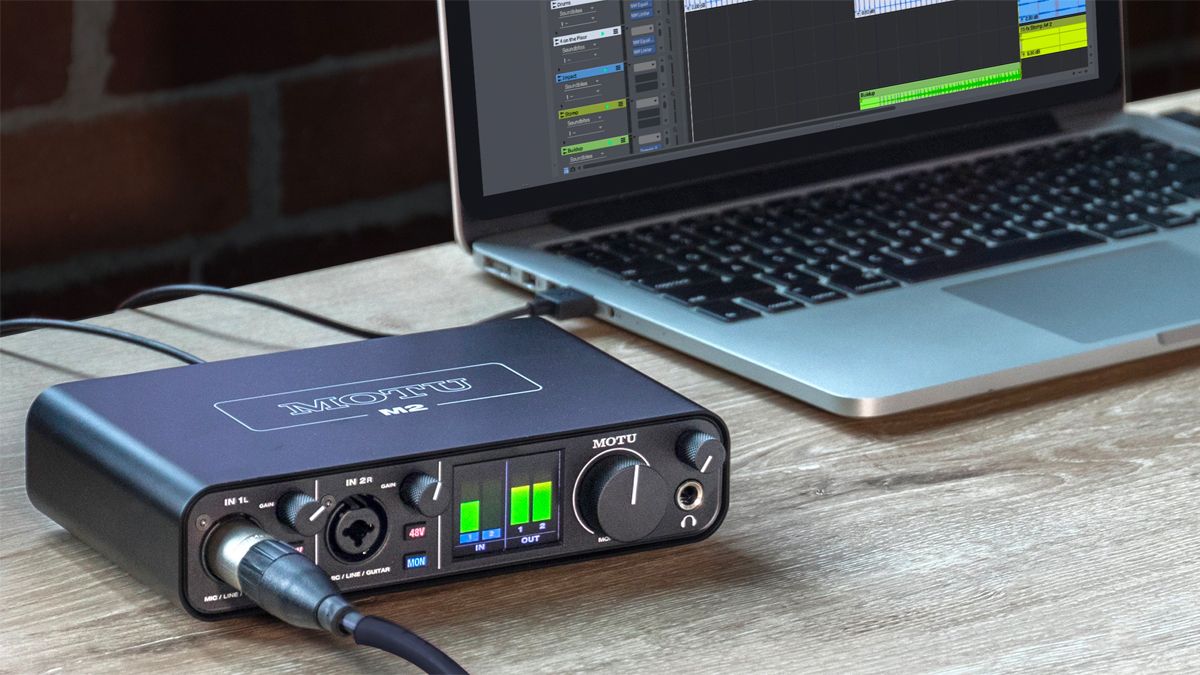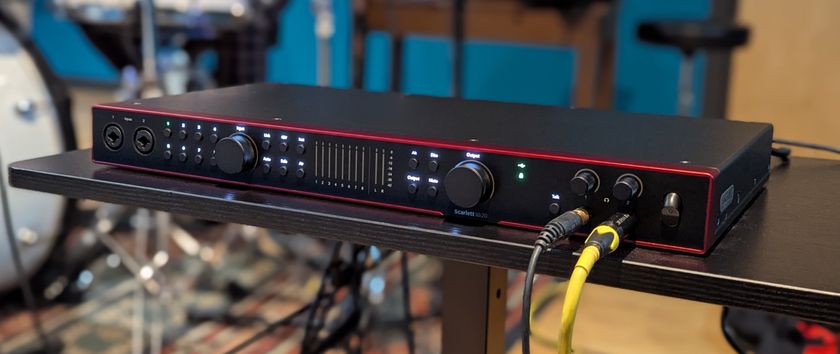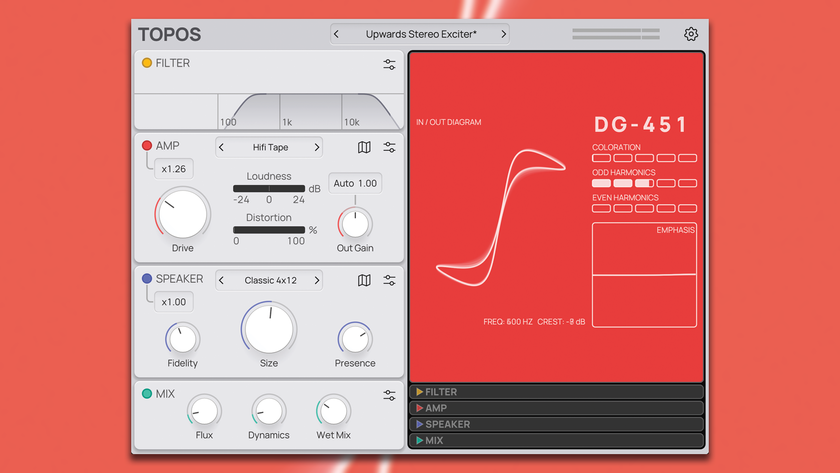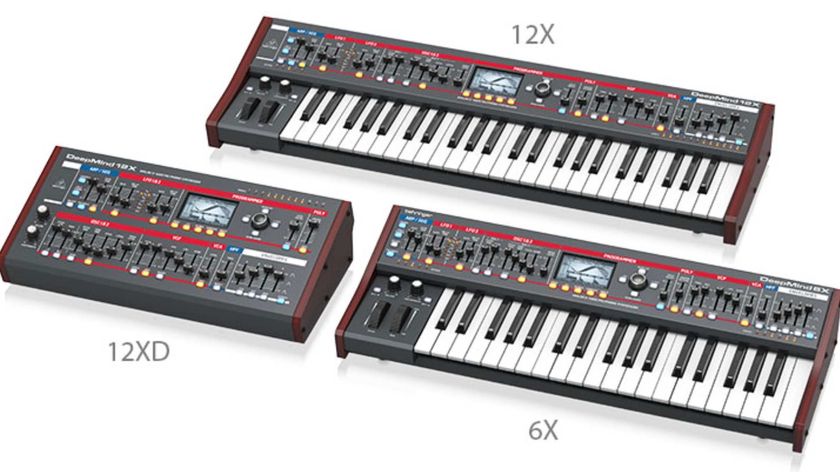MOTU just launched two affordable audio interfaces with impressive-looking specs
The M2 and M4 could shake things up in the sub-$200 market

MOTU has long been a major player in the high-end audio interface market, but with the M2 and M4, it’s offering two models that are much more affordable.
These 2-in/2-out and 4-in/4-out devices promise best-in-class performance. This starts with the sound quality; the ESS Sabre32 Ultra DAC Technology is said to be the same as that which is featured in top-dollar interfaces, and helps to deliver 120dB dynamic range on the main outputs and a high-quality headphone output. The preamp circuits, meanwhile, are said to facilitate -129dBu EIN on the mic inputs.
Speed is also of the essence, of course, and the M2 and M4 promise ultra-low latency (a round-trip figure of 2.5ms is quoted). Metering is via a full-colour LCD display, which is impressive at this price point.
There’s also a Loopback feature that enables you to combine computer audio with live inputs for streaming direct to YouTube or your podcasting platform of choice.




Both interfaces give you two mic/line/hi-Z guitar inputs on combo jacks, with individual preamp gain and 48V phantom power for each of them. The M4 also adds two balanced 1/4-inch line inputs, and all inputs offer direct hardware monitoring.
There are balanced 1/4-inch and mirrored unbalanced RCA outputs on both interfaces, and MIDI I/O is here, too. Sample rates ranging from 44.1 to 192kHz are supported.
The interfaces are bus-powered over USB-C, and also offer iOS compatibility. Their metal construction, meanwhile, should ensure that they’re built to last.
Get the MusicRadar Newsletter
Want all the hottest music and gear news, reviews, deals, features and more, direct to your inbox? Sign up here.
The M2 and M4 are available now priced at $170 and $220 respectively. There’s plenty of competition at this price point, but with their strong pedigree and impressive specs, we wouldn’t bet against these interfaces succeeding.
Find out more on the MOTU website.



I’m the Deputy Editor of MusicRadar, having worked on the site since its launch in 2007. I previously spent eight years working on our sister magazine, Computer Music. I’ve been playing the piano, gigging in bands and failing to finish tracks at home for more than 30 years, 24 of which I’ve also spent writing about music and the ever-changing technology used to make it.











